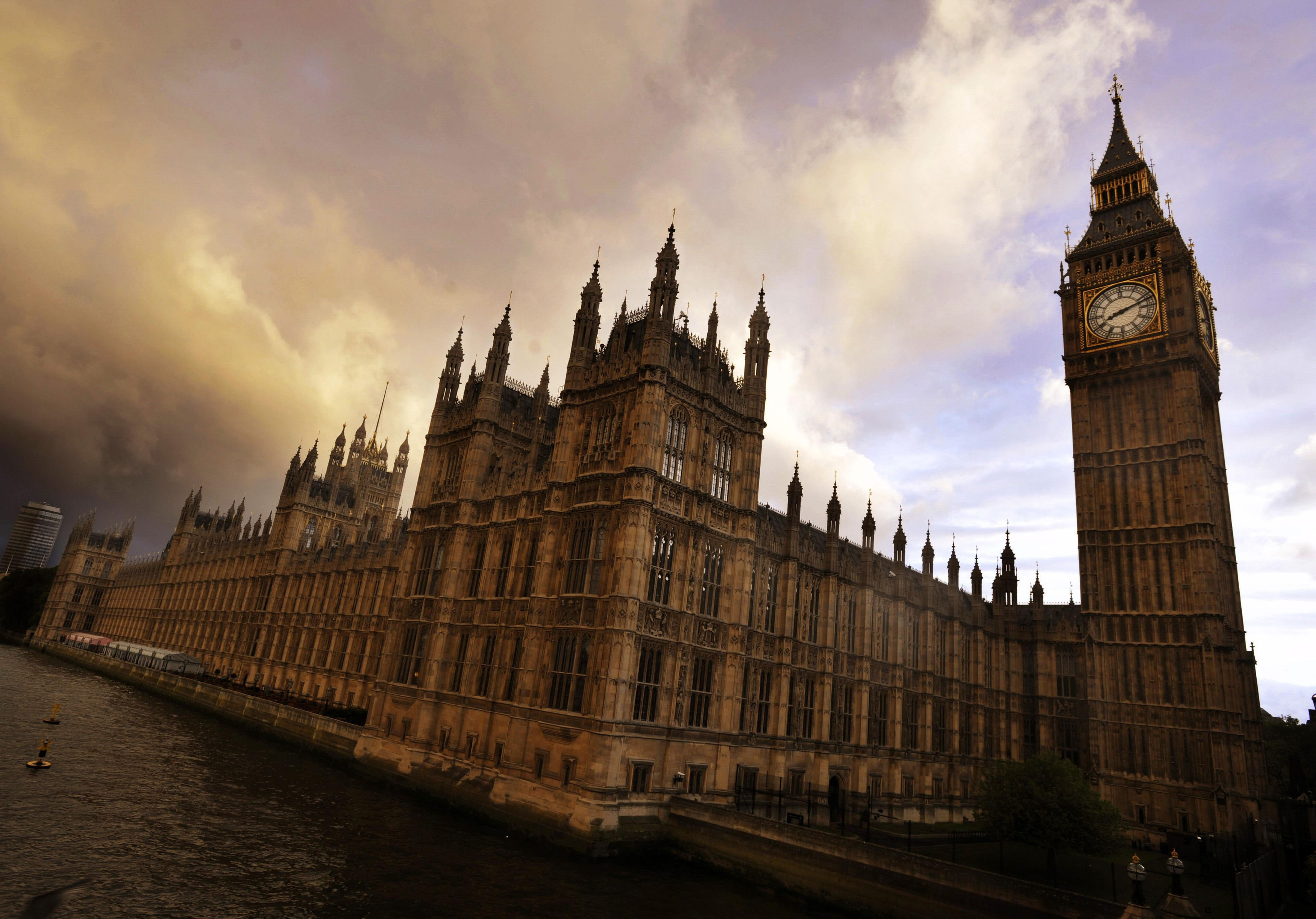
Are we witnessing a power grab?
Six months ago, reports suggested that the Prime Minister had dropped plans to force through a cut in MPs, a cut linked with the ongoing review of constituency boundaries.
It turns out there has been a u-turn on the u-turn, with news emerging that the PM is set to reduce the number of MPs.
That’s despite the Public Administration and Constitutional Affairs Committee warning that moves to cut numbers to 600 are unlikely to secure the backing of MPs.
But why the fuss?
The issue comes down to a very ill-thought plan for new constituencies – alongside some clear democratic dangers when it comes to reducing voters’ representation.
The cut in MPs actually represents a cut in backbenchers if there are no plans to cap/cut the size of the executive or ‘payroll vote’ correspondingly.
Parliament will gain more powers after Brexit yet will have less capacity to scrutinise legislation. At the same time voters lose their representatives in Europe. That places a greater burden on the Commons and a lack of capacity poses significant risks.
The democratic dangers are clear. ERS research in 2016 showed that in a smaller, 600-seat Commons, nearly one in four (23%) MPs would be on the government payroll if the parties’ proportion of MPs – and the total number of ministers and whips – stayed the same – an all-time high, and up from the 21% at present (figures as of November 2016).
The more you look at it, the more cutting backbenchers at the same as bolstering the executive looks to many like a worrying power-grab.
But there’s another factor – the unelected Lords. It’s just common sense that the cut in democratically elected representatives cannot go ahead while the House of Lords remains the second largest chamber in the world, with around 800 members.
If the government are concerned about reducing the cost of politics, they would do well to deal with the over-sized second chamber.
Voters need real representation in the Commons to provide the essential scrutiny and capacity we need: both for now and when we gain new powers after Brexit.
But there are problems with the boundary changes regardless of the cut in MPs. For a start, the new boundaries will be based on highly incomplete as well as out of date data. For example, people who registered to vote for the EU referendum won’t be counted for the new boundaries – skewing representation.
At the same time, the government has set an arbitrary 5% maximum difference in the size of the new constituencies. That risks awkwardly splitting up communities or grafting very different towns/counties onto each other – just look at the controversial Devonwall proposals.
Finally, unregistered but eligible voters are not being considered when drawing up these constituency boundaries – even though they will still need support and representation from their MP. This disadvantages poorer constituencies – they end up with lower representation, often despite greater need.
Far from reducing political representation and weakening voters’ voices, the Prime Minister should cancel the proposed cut in MPs – and move forward with fair boundaries based on a properly resourced Commons.
Read the ERS’ full views on the boundary changes here and here




0 comments:
Post a Comment
Note: Only a member of this blog may post a comment.